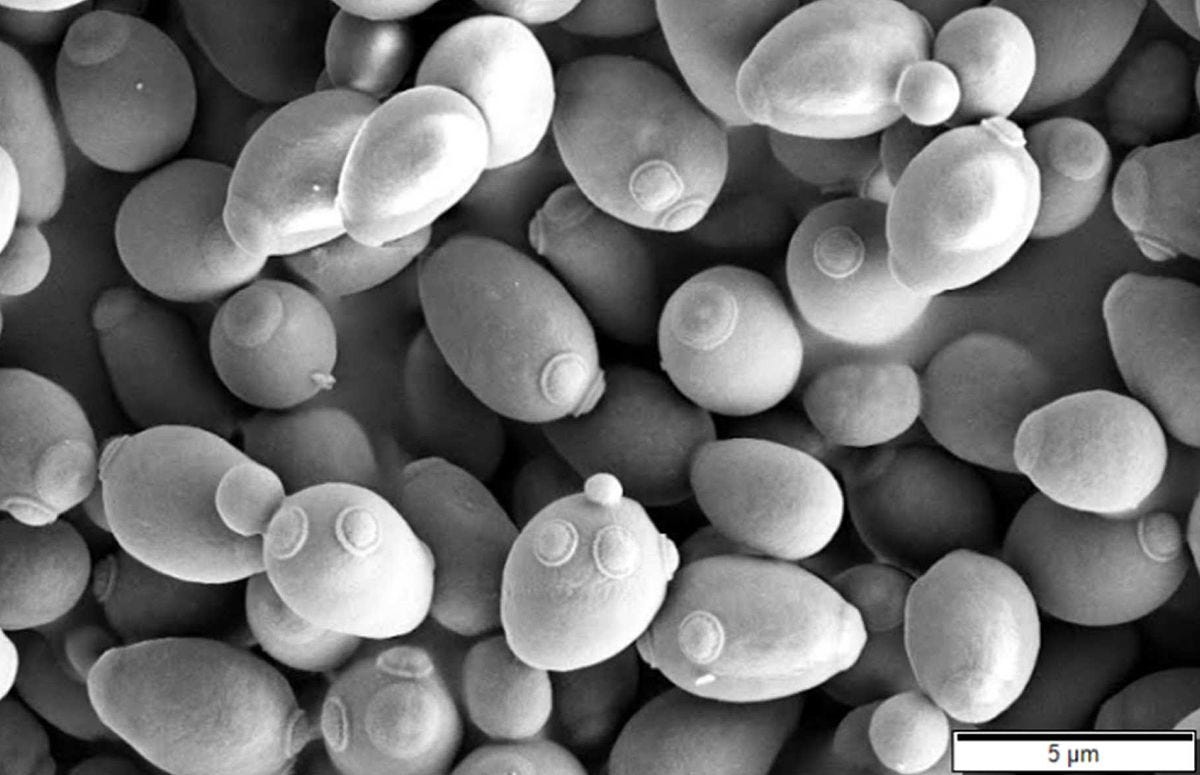Ecological and Evolutionary Dynamics in Yeasts
The Role of Genetic and Environmental Factors in Yeast Evolution
Subscribe to Genomely for the latest discoveries and in-depth analyses in your inbox.
Thank you to our subscribers for your continued support and passion for science!
To deepen our understanding of factors that shape ecological diversity, the subphylum of yeasts—Saccharomycotina—is an exemplary model. Ecological breadth can be binned into two categories: generalists, who have broad metabolic capabilities, and specialists, who grow on a narrow range of substrates (or foods).
Rethinking the Generalist-Specialist Trade-off
Historically, the evolution of metabolic niche breadth was believed to be constrained by a trade-off between the efficiency of substrate use and the breadth of substrates an organism can utilize. This traditional view suggests that generalists, who can metabolize a wide range of substrates, do so less efficiently than specialists, who optimize their metabolic processes for a narrower range. Yet, recent research challenges this notion because generalists do not seem to experience a significant drop in efficiency, suggesting a more nuanced relationship between niche breadth and metabolic efficiency.
Emerging Paradigms in Metabolic Strategy Evolution
A new paradigm proposes that intrinsic factors, such as genetic diversity and various metabolic pathways, and extrinsic factors, such as environmental conditions and resource availability, are key drivers in shaping yeast metabolic strategies. These factors indicate that the evolutionary trajectories of yeasts are influenced more by complex interactions than by straightforward trade-offs. Environmental variations such as temperature fluctuations and nutrient availability exert selective pressures that may favor generalism or specialism. Additionally, the vast genetic diversity among yeasts, especially in their enzymatic capabilities and metabolic pathways, facilitates them to adapt to and thrive under these diverse conditions.
Practical Implications of Research Findings
The insights gained from studying yeast metabolic strategies extend beyond pure science, providing practical applications in fields like biotechnology. For example, understanding these strategies allows for engineering yeast strains optimized for specific industrial processes, in turn enhancing the efficiency and productivity of bioproducts. Furthermore, this research provides insight into metabolic strategies' link to pathogenicity in humans, although findings suggest that a yeast's metabolic breadth is not predictive of its potential to become pathogenic.
Conclusion
This study challenges the traditional view of inherent trade-offs in metabolic efficiency and significantly enhances our understanding of ecological and evolutionary dynamics in yeasts. By highlighting the importance of genetic and environmental factors in shaping metabolic strategies, the research provides a detailed view of adaptation that has broad implications for scientific and industrial applications. The findings encourage further studies into the complex interactions between genes, environments, and evolutionary outcomes. Moreover, the analytical framework developed could also be applied to other organisms, promoting a deeper understanding of biodiversity and the evolutionary process across the Tree of Life.
Reference: Opulente & LaBella et al. Genomic factors shape carbon and nitrogen metabolic niche breadth across Saccharomycotina yeasts. 26 Apr 2024, Vol 384, Issue 6694. DOI: 10.1126/science.adj4503





